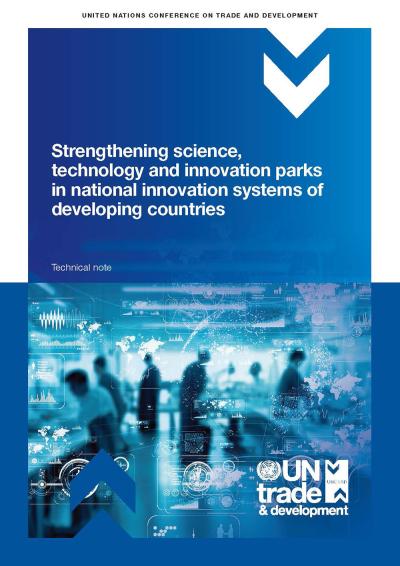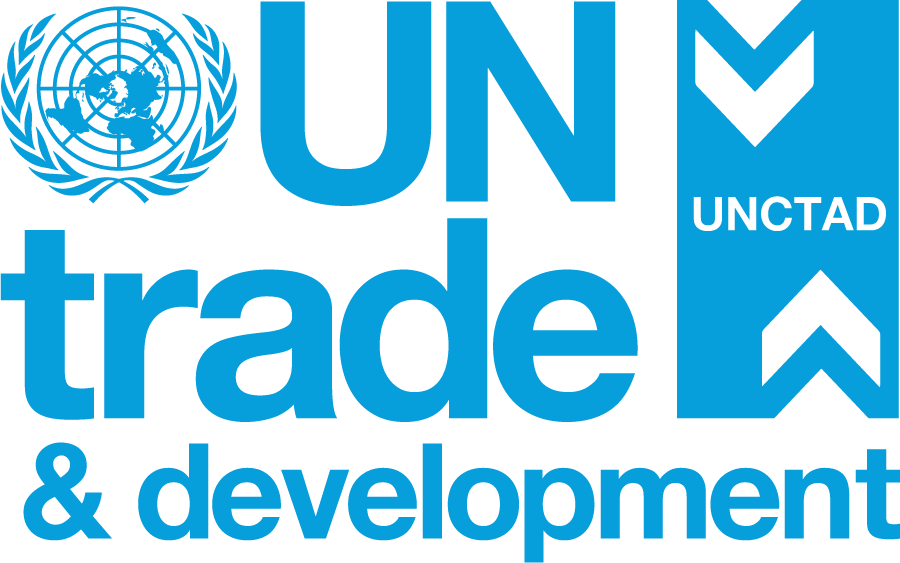
Science, technology, and innovation (STI) parks are vital elements of strong innovation ecosystems. An innovation ecosystem comprises an evolving network of actors, activities, artifacts, institutions, and relationships that collaborate to foster entrepreneurship, innovation, and economic development.
In this ecosystem, STI parks serve as intermediaries, connecting various stakeholders, including government bodies, industry, academic and research institutions, communities, entrepreneurs, financiers, and support structures for entrepreneurship and innovation, such as incubators and markets. Due to their unique catalytic characteristics, STI parks act as bridges among these diverse actors.
Typically, STI parks are physical locations where multiple organizations focused on technology or knowledge co-locate. Their main aim is to stimulate innovation through research and development (R&D) and to leverage STI capabilities. The primary goal is to promote innovation by facilitating R&D activities, strengthening cooperation among companies, enabling knowledge transfer, and promoting the transfer of technology from academic and research institutions, as well as from outside the region, to businesses.
In various innovation ecosystems, STI parks may be referred to by different names, such as innovation hubs, tech hubs, technopoles, research parks, science parks, or innovation clusters. What sets STI parks apart from standard business parks is the co-location of multiple knowledge-intensive organizations, including research institutes, which allows them to share capabilities, knowledge, and technologies in a supportive environment.
Companies located in or near STI parks gain improved access to talent and have opportunities to enhance their innovation capacity. The clustering of firms across different segments of the industry value chain encourages collaboration, facilitates knowledge transfer, and reduces uncertainty, especially for start-ups and young enterprises, when supported by effective incubators.
Innovation ecosystems vary in maturity; some countries have well-established STI parks, while others, particularly in the developing world, are only beginning to explore or establish such models.
For STI parks to thrive, they must attract technology-based firms and related industries. They should be recognized and designed as integrated instruments of innovation policy rather than being developed in isolation.
In today's globalized and knowledge-intensive economy, STI parks can play a crucial role in national innovation systems by collaborating with relevant stakeholders to address market failures and meet stakeholder needs.
This technical note aims to provide policymakers, practitioners, and stakeholders with practical guidance to enhance the role of STI parks in innovation-led development, particularly in developing countries. By drawing on international experience, it synthesizes best practices and offers evidence-based policy recommendations tailored to diverse national contexts.
With appropriate support and interventions, STI parks can become powerful enablers of technology transfer, high-tech industry development, investment attraction, and the transition to knowledge-based economies.
The technical note was prepared under the UNCTAD project, “Science, technology and innovation parks for sustainable development: Building expertise in policy and practice in selected Asian and African countries”, financed by the 2030 Agenda for Sustainable Development Subfund under the United Nations Peace and Development Fund.


